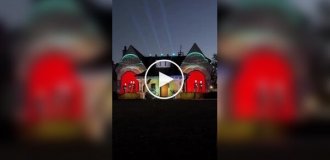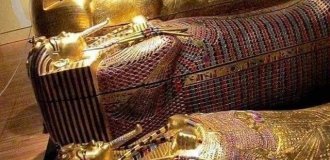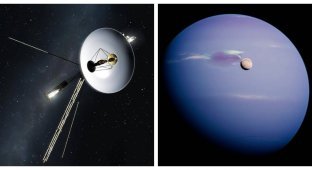Not every planet can be proud of the ring system. in solar system, the presence of such a “decoration” can only boast of gas giants, and even then - at Jupiter (there are only 4 of them) they are almost invisible, at Neptune (5 rings) and Uranus (13 rings) are subtle and not as bright and powerful, like Saturn (7 large and about a thousand small ones, but the exact number impossible to calculate). 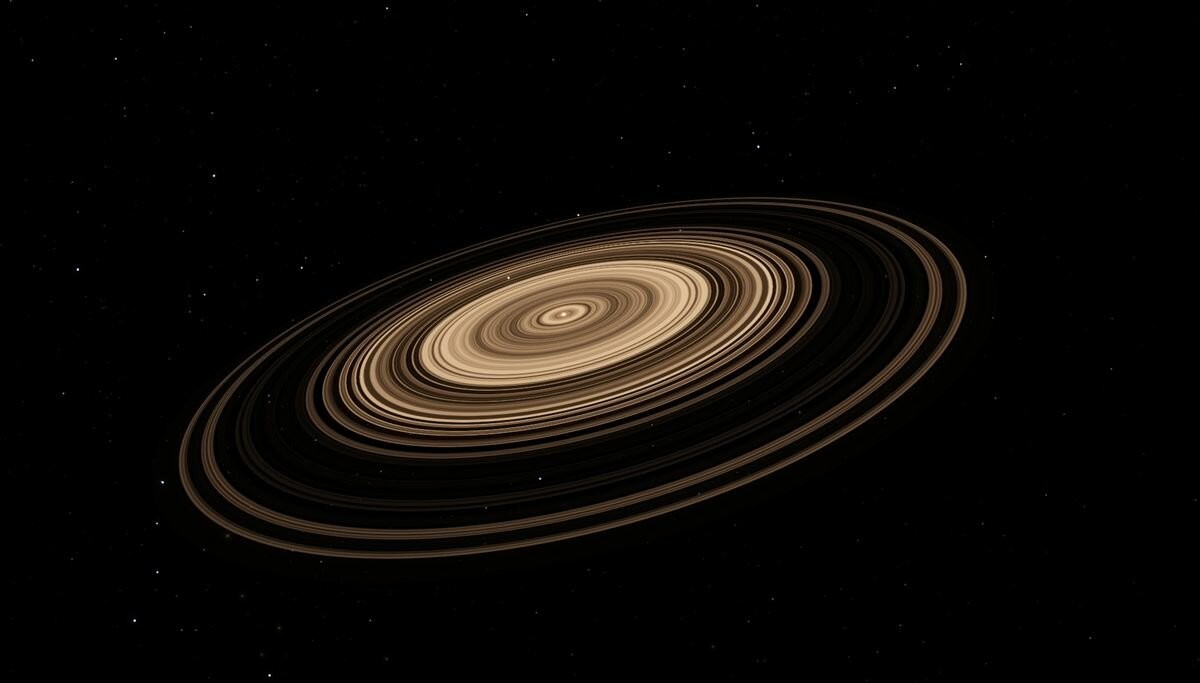

The study of rings is of particular importance for astronomers, because they can tell something about the history of the formation of planets and planetary systems. 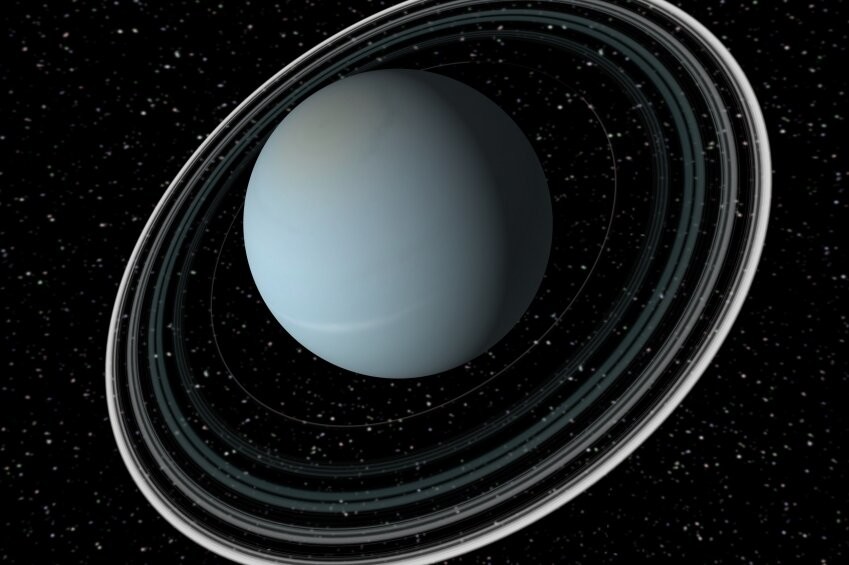
Uranus
Saturn often attracts precisely with its unique ring system. Without it, the planet would seem boring to most, although there Lots of interesting things to look at. Rings of Saturn supported by the gravitational influence of the planet itself and its numerous satellites. Scientists believe they formed in the result of collisions of several satellites, or one of them was torn apart by the planet's tidal forces. Maybe the rings are leftovers matter that has been preserved since the formation of the planets in protoplanetary disk. 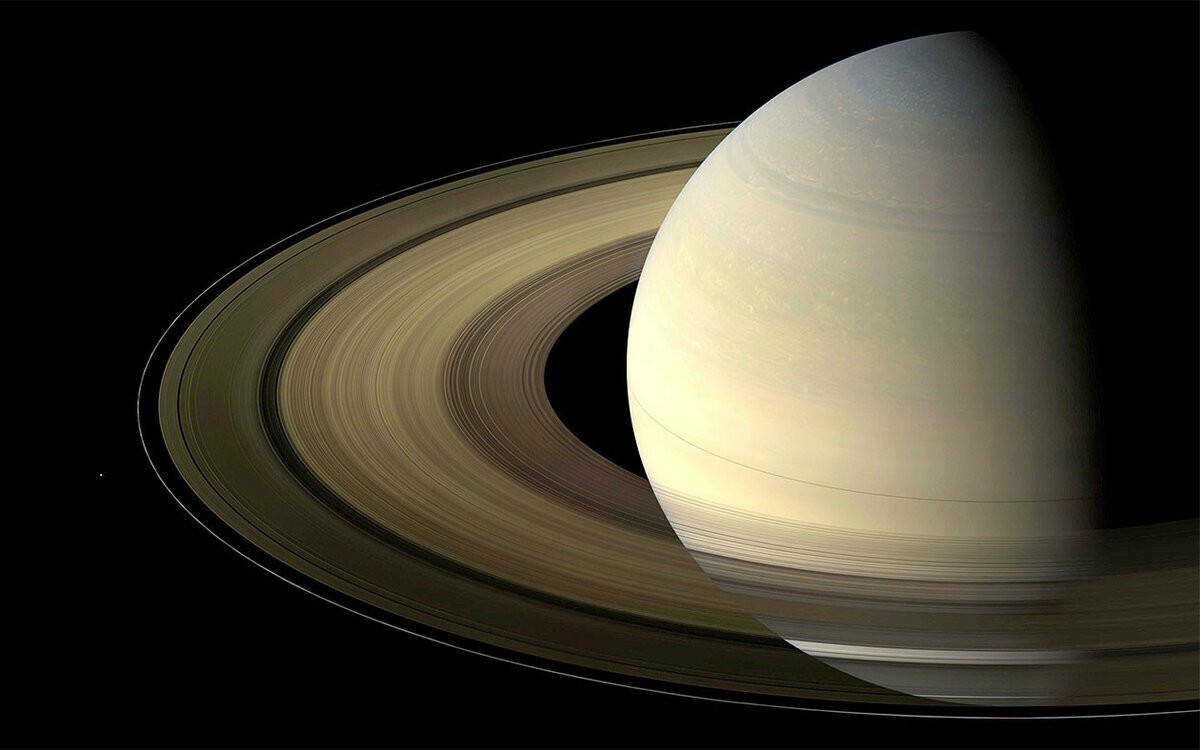
Saturn
The rings are made up of billions of rock particles, dust and ice that reflects light. All these particles revolve around their planets. 
But Saturn is not the only unique object with a powerful ring system in the Universe: if everything is more or less clear with him, then the real puzzle for astronomers - a mysterious planet
1SWASP J1407b
. 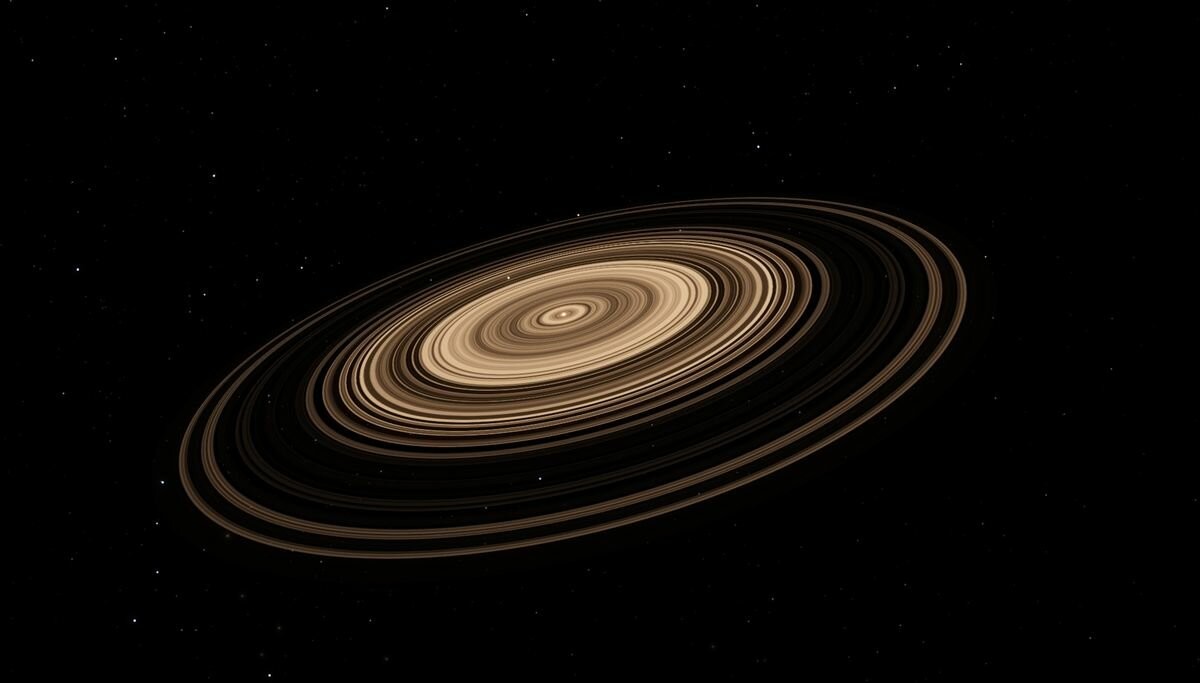
This planet lives at a distance of 434 light years from Earth in the constellation Centaurus. It is a cold gas giant with a mass equals 20 Jupiter masses. An amazing find was discovered in 2012 year by the transit method using a ground-based robotic telescope SuperWASP. The transit method for discovering new planets is based on a decrease in the brightness of a star when a planet passes in front of it. revolves "Lord of the Rings" in the star system - the orange subgiant of the main sequences. One year on this ringed planet is 3725 earth days. 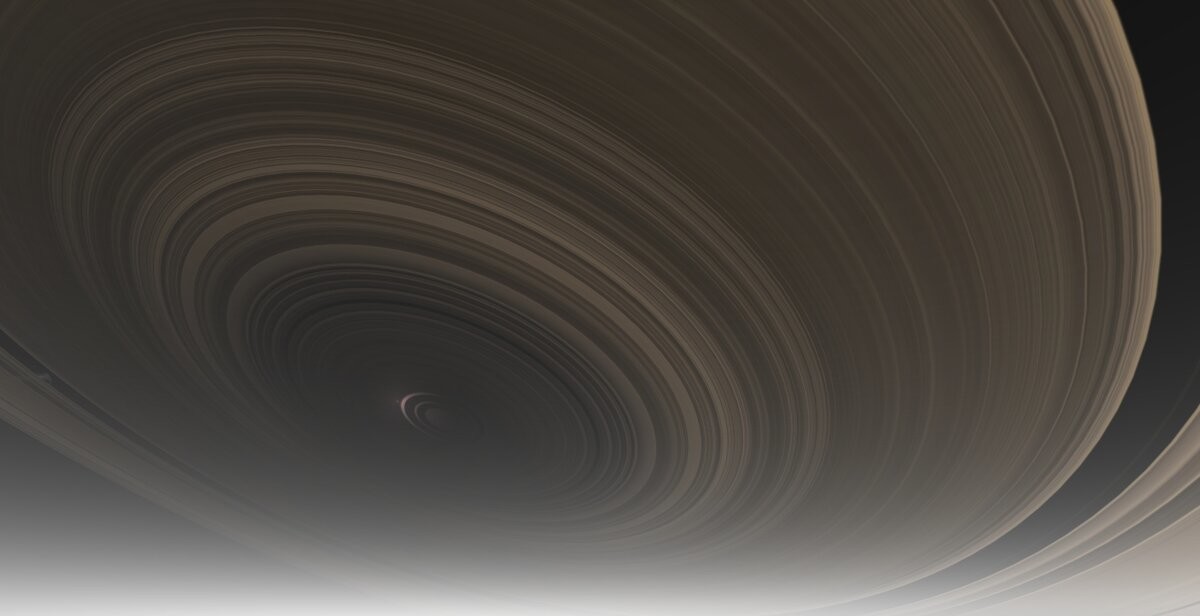
1SWASP J1407 b is the only planet discovered so far with the largest ring system.
The radius of the outermost ring 1SWASP J1407 b is estimated at 120 million km! This is approximately equal to the distance from the Sun to Venus. For comparison, the radius of the largest ring of our Saturn is only about 480 thousand km., then yes, it is more than 200 times the system of Saturn. Analyzing shine of the planet, scientists realized that it seemed to be lying on its side, like ours Uranus, and with its rings is turned to its star. But why is its axis so tilted? Perhaps the reason is the same as in the case of Uranus: in As a result of the collision, the ice giant of the solar system was overturned on its side, and the inclination of its axis is 97.8 degrees (for comparison, the inclination the earth's axis is 23.5 degrees, the axis of Mars is 25 degrees, and even the axis Mercury's rotation is tilted by 2.1 degrees. That is, the axis of rotation of all The planets are more or less tilted, but not as much!). 
What do these rings look like?
Although the planet is far away from us, based on the position of the peaks on the curve gloss and coverage time, you can try to recreate the structure and evaluate the parameters of the ring system. The rings are separated voids. It is impossible to calculate their exact number: about 30 rings are massive formations, and thousands of thinner rings. 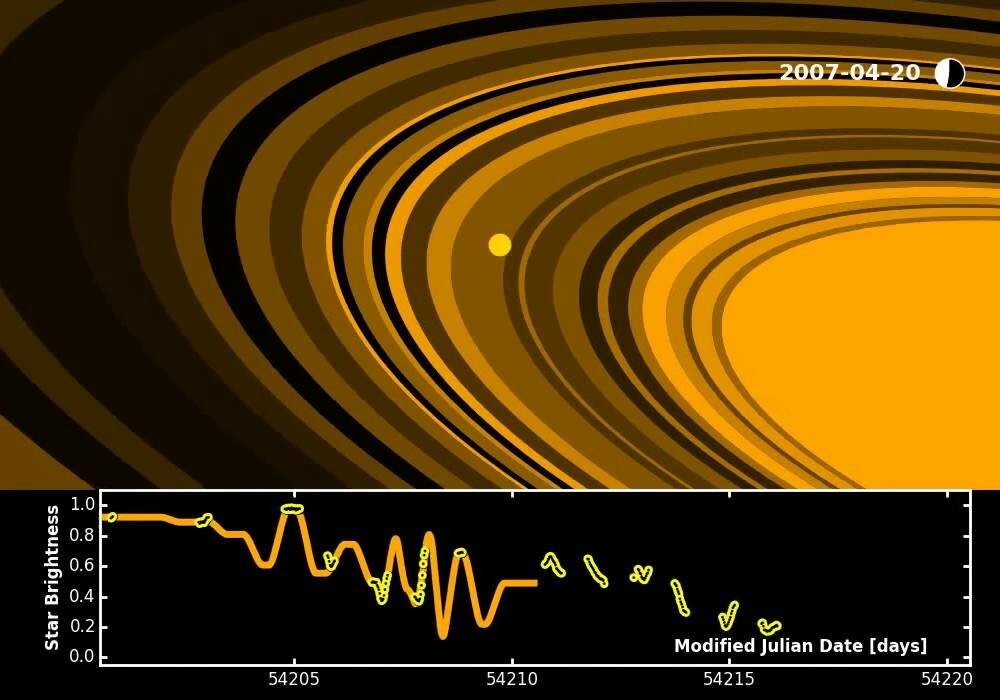
How did such a system of rings form on this planet? What keeps her?
The size of the entire ring system is undoubtedly larger than the gravity zone planets, but the outer rings experience the attraction of the star. How to system does it keep its stability? The planet must be denser and more massive thansustainability? The planet must be denser and more massive than the gas giants of the solar system to hold such "accessory". But scientists don't know how many satellites the Lord rings." Saturn has 62 of them, and they gravitational force help the planet to keep them in a stable condition. Perhaps 1SWASP J1407 b has many more "subjects", and they themselves larger than Saturnian moons. Judging by the large gaps, the distance of which can be approximately 40 million km (distance Mercury - the Sun), it is there, in these cracks, that the satellites are located this planet. The mass of such satellites should be comparable to the mass Mercury, Mars and even the Earth - only such "titans" could keep on their shoulders a system of these huge rings. But how did this amazing system - there are no exact answers yet.
Add your comment
You might be interested in:

